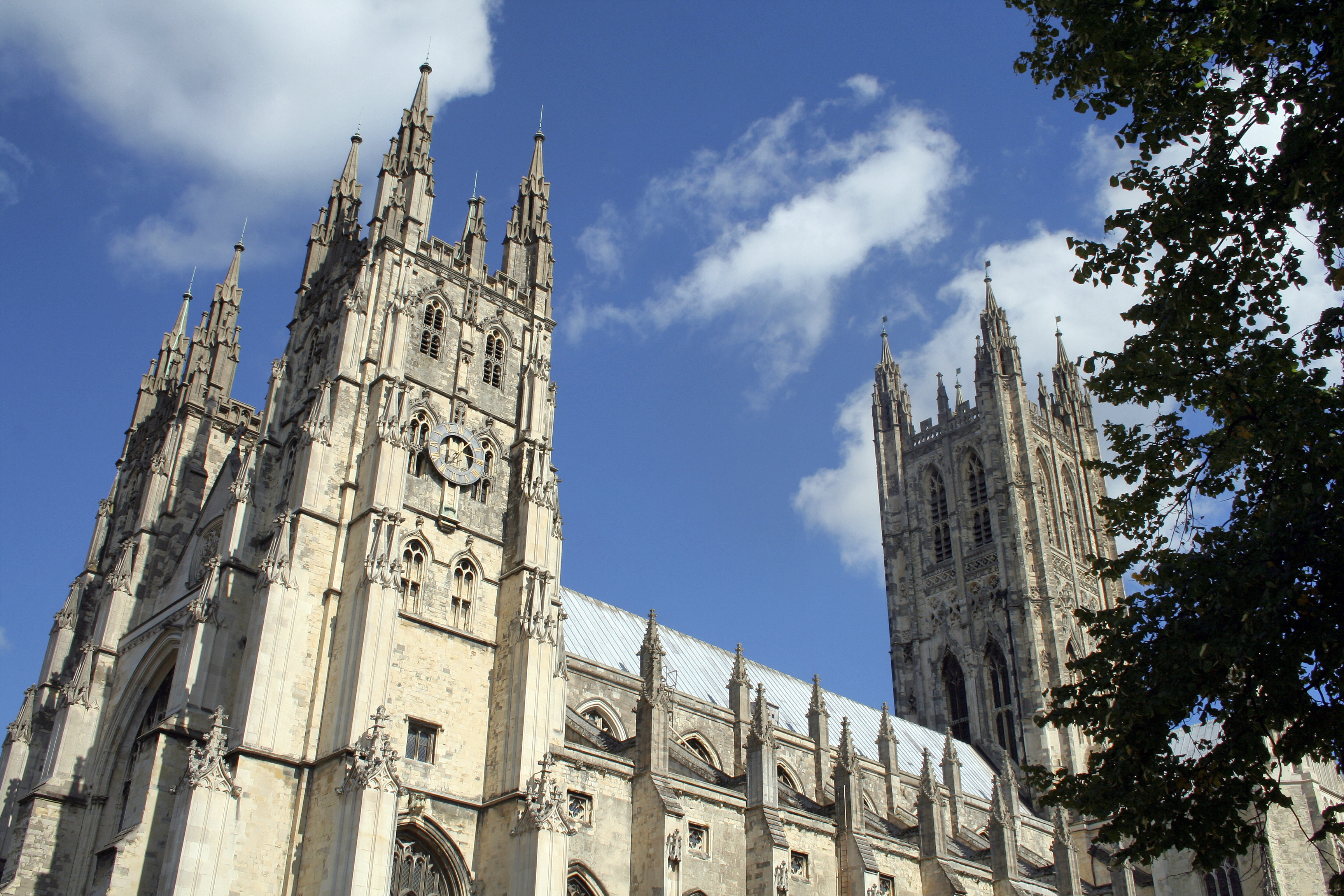
By Heather Cameron
Predominantly set within environmentally attractive surroundings, historic towns and cities have a strong sense of place, offer a good quality of life, are often prosperous and represent models of sustainable development.
Research shows that businesses based in older places are more productive than the average for all commercial businesses across the whole economy. Retail and leisure businesses often seek to cluster in historic areas of towns and cities, and historic buildings are particularly attractive to new business start-ups, especially in the creative and cultural sector. Well-maintained historic places also enhance cultural life and community resilience.
As a result, historic towns are much sought after places to live and work, which has contributed to unprecedented growth.
Growth pressures
While growth is seen as a good thing for the future of town centres, managing it effectively in these areas of historic importance is not without its challenges. Older townscapes and buildings are a valuable and irreplaceable community asset that need to be protected.
Growth in historic towns creates pressure for new housing and development, and the infrastructure that is needed alongside it. It can also lead to increased congestion and depletion of suburban quality through redevelopment and loss of garden space. The traditional infrastructure in these towns may not be able cope with the increased capacity resulting in demand for suitable adaptation.
Managing these growth pressures is a particular challenge for historic towns as they need to try and meet local development need while both conserving the identity and sense of place of the existing town and nurturing the creation of sustainable new communities within them.
The Historic Towns Forum has highlighted that “there are challenges of infrastructure, partnership working, working with major national developers, the tension between modernity and pastiche and how to learn from the past and the present when building at this scale.”
In addition, the main political priority across all areas is economic wellbeing, taking precedence over any heritage considerations. A report from Green Balance in 2014 found that this principle concern was interpreted differently from place to place, with some local councillors viewing heritage as beneficial to a town’s economic and social wellbeing, while others viewed it is a burden and drag on investment.
As the heritage of places can be a particular pull for tourism, not preserving them could lead to a loss in economic wellbeing. The importance of achieving the right balance between sustainable development and heritage conservation is a theme that has been consistently highlighted in the research.
Smarter growth
So how do such places manage growth while also safeguarding both the character of the towns themselves and the settings around them?
According to the Historic Towns Forum, key issues in effectively addressing growth pressures in historic towns include:
- planning and process;
- partnerships;
- finance and economics;
- climate change;
- community benefits and community engagement;
- design; and
- learning from the past and present.
It has been argued that a strategic approach to growth needs to be taken, such as the approach taken in Cambridge, where the Cambridgeshire Quality Charter for Growth is being used to help steer the creation of high quality sustainable communities.
Partnerships involving a range of local stakeholders, encompassing a shared vision and cooperation are also important for effective growth. Where strategic resources are lacking, which is often the case in smaller towns, community engagement can be of particular importance, as shown in Cirencester.
Key principles of good design have been highlighted to include:
- learning from the past, including study of appropriate models;
- localising by understanding local conditions; and
- transforming action by applying appropriate, robust advances.
The overarching message seems to be that ‘smarter growth’ is required.
Good practice
There are examples of good practice where historic towns are managing growth in a way that protects their heritage. Cambridge, as mentioned previously, is one example. Sutton is another, where the challenges of growth are being addressed through the use of a Heritage Action Zone. The aim here is to balance growth with the management of heritage assets, providing lessons for elsewhere.
It is also important to look further afield. The historic town of Amersfoort in the Netherlands has been presented as a good model for managing housing growth to achieve attractive new settlements and create balanced communities. It has been suggested that this smarter approach is something that historic towns in the UK can learn from.
Another good example is Freiburg in Germany. Although different in terms of development to Britain, some of the issues applicable to British towns and cities have been addressed – including how to attract families to live at higher densities close enough to city centres to avoid car dependency.
As Historic England states:
“Learning is central to sustaining the historic environment. It raises people’s awareness and understanding of their heritage, including the varied ways in which its values are perceived by different generations and communities. It encourages informed and active participation in caring for the historic environment.”
If you enjoyed this blog post, why not read are previous posts on the civic use of heritage assets and the value of preserving our built heritage.
Follow us on Twitter to see what developments in public and social policy are interesting our research team.
Share
Related Posts
A recent item on BBC Radio 4’s Today programme generated an unusually high number of responses from listeners. A man who had lost his job in the financial services sector at the age of 57 described his difficulty in trying ....
Tackling geographical inequalities is critical for ensuring that all parts of the country have the potential to prosper. When the UK was a member of the European Union, it was entitled to a share of funding from the EU’s structural ....


